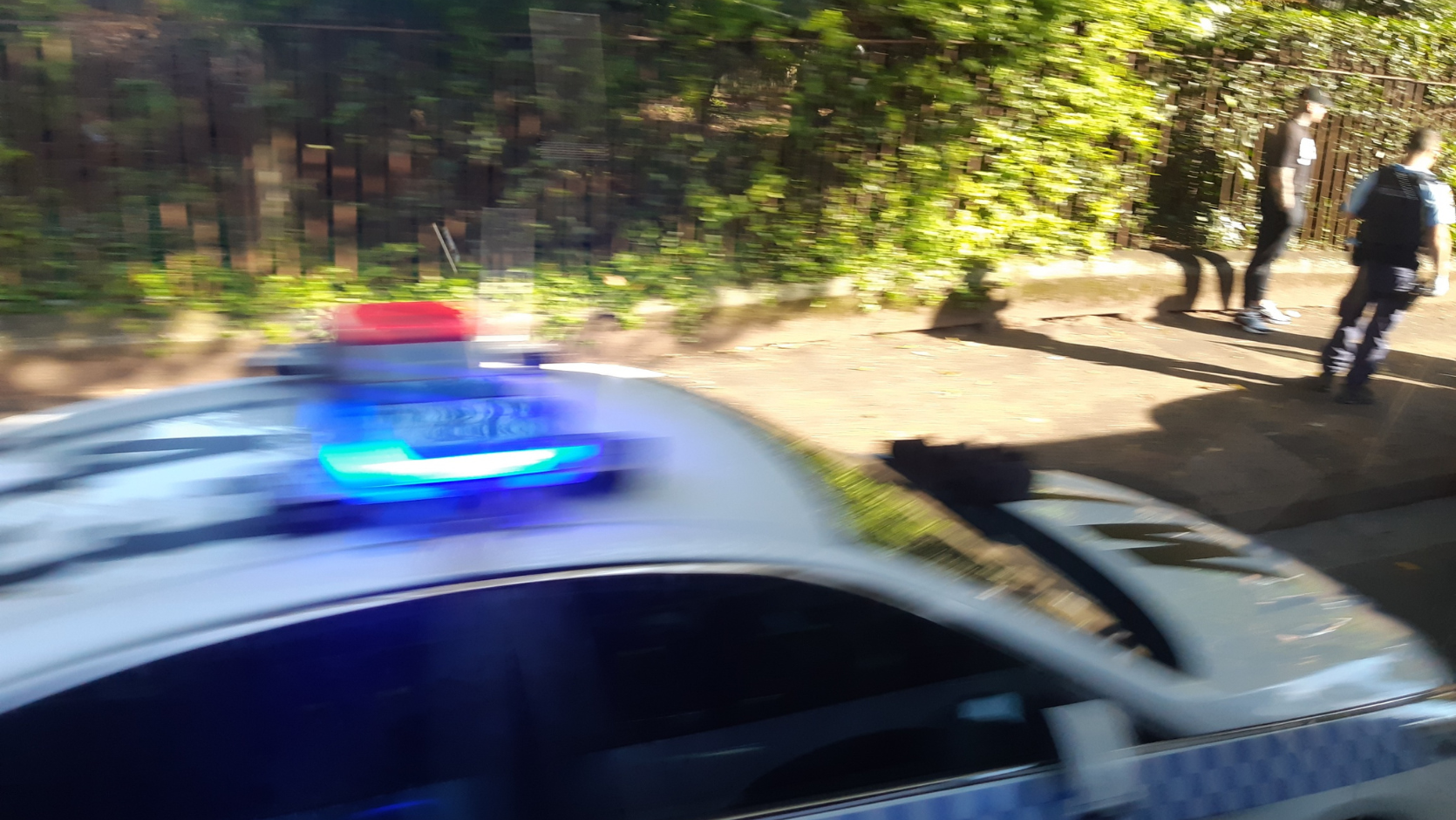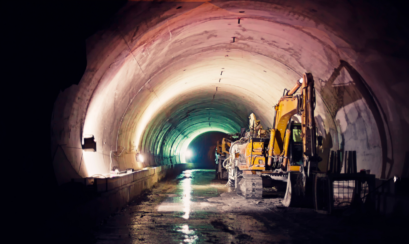Although automatic number plate recognition (ANPR) technology has been around for many years now, its use still catches many drivers unawares and leaves some questioning its “Big Brother” aspect. However, its importance in criminal investigations leaves little doubt as to its continued value for the community.
How does ANPR technology work?
Automatic number plate recognition (ANPR) technology works by means of a camera, fixed in a police car, detecting number plate details and then checking them against an ever-growing database. (Please see Automatic number plate recognition (ANPR) technology not to be underestimated.)
The database includes entries for convicted drink drivers and those with other disqualifications – such as suspensions and cancellations – and for major offences such as negligent driving causing grievous bodily harm (GBH) or worse. The system also detects unregistered, stolen and uninsured vehicles, including those with late payment matters.
Investigators can also add entries for a specific vehicle to show up in real time – usually just to report the sighting. Many of these matters are confidential in their detail. The database merely requires proof that the request to make the database entry is certified by the person requesting it, to show it is a legitimate request.
ANPR catches offenders driving other vehicles registered to their address
The ANPR database also contains the details of motor vehicles registered to the address where a convicted driver lives, to prevent, for example, a convicted drink driver from using a car registered to his or her parents, siblings, partner or other occupants of the same residence.
This means that even vehicles which are merely registered to the same address as someone with a conviction will trigger an ANPR recognition of the number plate, which then notifies the police through a bell sound in the police car and an alert on their computer screen.
The police officer must then decide whether to respond to that signal. Often the police will cruise alongside the vehicle, look at the driver, and then compare what is shown on the screen – the convicted driver’s licence photo – to the person driving the vehicle.
If the driver is of a different gender or clearly not the offender, it’s unlikely they will do anything. However if the driver seems similar to the photo, they will possibly pull the car over, do a random breath test (RBT) and check the driver’s licence.
A police car equipped with ANPR technology cannot possibly handle the large number of vehicle sightings on the database and must prioritise them, with immediate supervision and assistance from duty officers to oversee what is going on and to link or delink on-road resources to meet priorities.
Many drivers still unaware of ANPR technology
Many drivers with convictions are surprised and wonder why they have such bad luck with the police when they are repeatedly caught or pulled over for random breath testing, even when they are driving a car belonging to their partner or another family member.
This is surprising, considering ANPR technology is not a secret and is certainly not new. It has been in use for almost two decades and is improving all the time.
Value of ANPR in fighting crime
The value of ANPR technology in criminal investigations – as well as revenue raising – cannot be underestimated. (Please see Rego stickers, ANPR and NSW government revenue – too good an opportunity to miss.)
ANPR can help investigators track wanted persons in vehicles if notified early on in a matter. It is considered an excellent tool for road safety, as its enables matters to be captured in real time. The system also helps to exclude non-suspect vehicles, which have not been found in films at the crime scene or on the ANPR system.
In fact, many of the proactive and successful uses of ANPR technology are not publicised, as it would ”tend to reveal law enforcement methodology” and is therefore covered by public interest immunity.
Police do not use the ANPR system for backtracking on offences unless a direct link exists to a criminal investigation. They rely far more on the private CCTV that we see very often on TV reports, where the TV station has accessed the same film.
Concerns with privacy aspects of ANPR technology
Those who are aware of ANPR – particularly convicted offenders – often express concern with the “Big Brother” aspects of the system and in particular, the growing size of the database containing detailed information on drivers, their history and their driving locations.
The system can and does capture and store an enormous amount of information, and like most law enforcement technology, it is expanding and becoming more active each day.
However, ANPR is not illegal and it is unlikely to be restrained in the future, due to the sheer number of crimes that are solved quickly because of its input.














